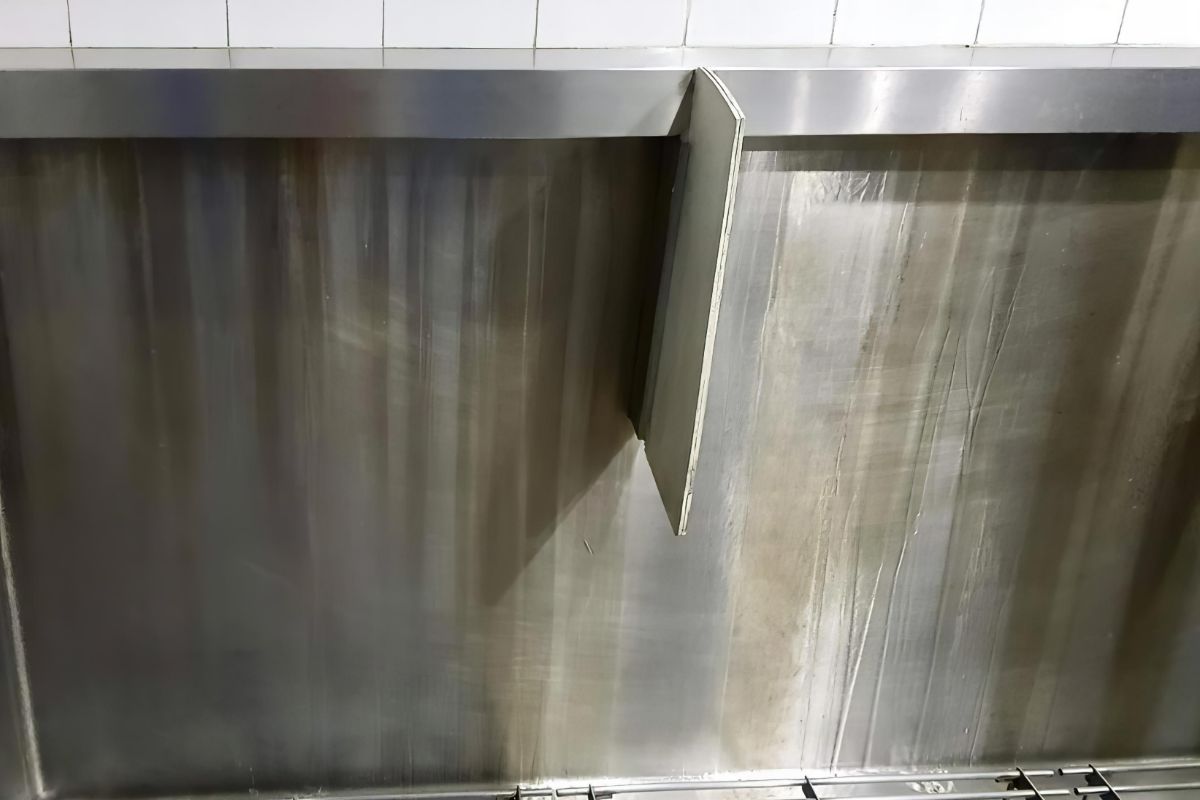Galvanized Steel vs Stainless Steel: Which is Better?

What are the differences between galvanized steel vs stainless steel?
- Appearance
- Material composition
- Strength and durability
- Corrosion resistance
- Cost consideration
- Weldability
- Industrial applications
Overview
- This article delves into the distinct differences between galvanized steel and stainless steel.
- Each type of steel possesses unique characteristics such as appearance, composition, strength, corrosion resistance, cost, weldability, and applications.
- The choice between galvanized and stainless steel depends on specific project requirements. Let a reputable steel supplier like Metal Exponents Inc. help you make the right decision.
When selecting materials for construction or industrial applications, understanding the distinctions between galvanized and stainless steel is crucial. Both materials offer unique benefits and are suited for specific environments and uses.
This article highlights galvanized steel vs stainless steel, evaluating their properties, durability, cost-effectiveness, and suitability for various projects. Comparing these two types of steel helps you make an informed decision on which is better for your specific needs.
Appearance

Galvanized steel has a matte, grayish, silver finish that pairs well with concrete and wood. Over time, this initial appearance can develop a rustic, charcoal patina, creating an “industrial” or “aged” aesthetic that some projects might find appealing. However, this color change may not be ideal for designs requiring a consistent look throughout the project’s life.
In contrast, stainless steel exudes a high-end, mirror-like finish that maintains exceptionally well over time—thanks to a self-replenishing chromium oxide layer. This ensures a consistent look throughout the project’s lifespan, making it perfect for applications where a modern aesthetic and easy maintenance are desired.
Material Composition
Galvanized steel starts with common carbon steel. It undergoes a process called hot-dip galvanizing, where a sturdy zinc coating is applied. This coating adds an extra layer of protection. This ensures the steel remains durable and performs well over time.
On the other hand, stainless steel is made of a unique alloy composition. This alloy forms a natural layer of chromium oxide on its surface, which continuously reforms. It acts as a shield against rust and corrosion, making stainless steel highly durable, even in harsh environments.
Strength and Durability
Together with its impressive tensile strength, galvanized steel can absorb some impact without breaking, making it suitable for projects encountering sudden forces. However, its protective zinc coating can be vulnerable to heavy blows and may chip, potentially exposing the steel to corrosion.
Conversely, stainless steel is renowned for its remarkable strength and durability, attributed to the presence of nickel and chromium in its composition. These elements enhance its tensile strength and resistance to deformation, allowing stainless steel to endure heavy loads, extreme temperatures, and harsh environments while retaining its structural integrity.
Corrosion Resistance

Galvanized steel is coated with zinc, which corrodes first and serves as a shield to preserve the underlying steel. This method offers effective surface protection, especially in temperate climates. However, with time, the zinc coating may deteriorate and need more regular upkeep.
Meanwhile, stainless steel adopts a more long-lasting strategy. Its surface’s coating of chromium oxide constantly reforms, even in the face of scratches. This provides a durable defense against corrosion and rust.
Cost Consideration
Galvanized steel wins on price. The hot-dip process is simpler than crafting stainless steel, making it a great choice for budget-conscious projects. However, this affordability comes with a catch: the corrosion resistance weakens over time. While it offers good initial protection, there may be potential maintenance costs.
While stainless steel’s initial cost might sting due to the chromium and nickel in its alloy, it’s an investment in longevity. It boasts exceptional corrosion resistance, translating to a longer lifespan and minimal. The upfront premium of stainless steel is often outweighed by the long-term savings.
Weldability
Welding galvanized steel demands careful handling due to the zinc coating, which burns off at high temperatures, weakening welds and emitting hazardous fumes. Thoroughly preparing the weld area and employing short-arc welding techniques with suitable electrodes can simplify the process.
On the other hand, welding stainless steel requires precise heat control to achieve quality welds. Minimizing heat input using appropriate techniques and selecting filler metals tailored to the specific type of stainless steel is crucial. Post-weld cleaning of the weld area is also essential to maintain its corrosion resistance properties.
Industrial Applications

For industrial applications on a tight budget, galvanized steel is the go-to material. Its affordability stems from the straightforward galvanizing process and ease of fabrication, making it ideal for uses such as ventilation systems, industrial roofing, and storage containers.
In contrast, stainless steel shines in projects requiring exceptional corrosion resistance and unmatched strength. It plays a pivotal role in applications like chemical processing plants, offshore oil rigs, and food processing equipment, where durability and reliability are paramount.
Key Takeaway
The choice between galvanized steel vs stainless steel depends on your needs. Galvanized steel offers a budget-friendly solution for projects with moderate demands, while stainless steel excels in high-performance applications despite its higher cost. By carefully considering these factors, you can make an informed decision that best suits your requirements.
Metal Exponents Inc. has been a trusted name in the Philippine steel industry for four decades, supplying high-quality imported steel products to countless enterprises. We offer competitive pricing on a diverse selection of items, including pipes, sheet piles, strands, tubing, and coils. Our efficient delivery and reliable customer support ensure your projects stay on track. Contact us today.


